Banned Historical Photos You May Have Missed
These photos were banned oh so long ago for various reasons. With the stuff flooding around the internet today some of these banned photos are sure to give you a laugh since it doesn’t come close to touching the tip of what might be better off being censored nowadays. The photos on this list may be haunting, unexpected, or controversial but they aren’t harmful enough to be banned in our opinion. We’ll let you decide for yourself.
We are all about educating the masses and who are we to deprive anyone of learning from history, especially when it can be done in a fun way through the use of photos? Here are some historical photos that were banned once upon a time but now don’t faze us at all. It’s time we dove into the past and appreciate the nuances of history that go beyond the pages of our school textbooks. Some hidden history nuggets await us!
Portrait of Horatio Gordon Robley
Horatio is one of the most unethical British officers, famously known for collecting heads during interactions with the Maori Tribe in New Zealand.
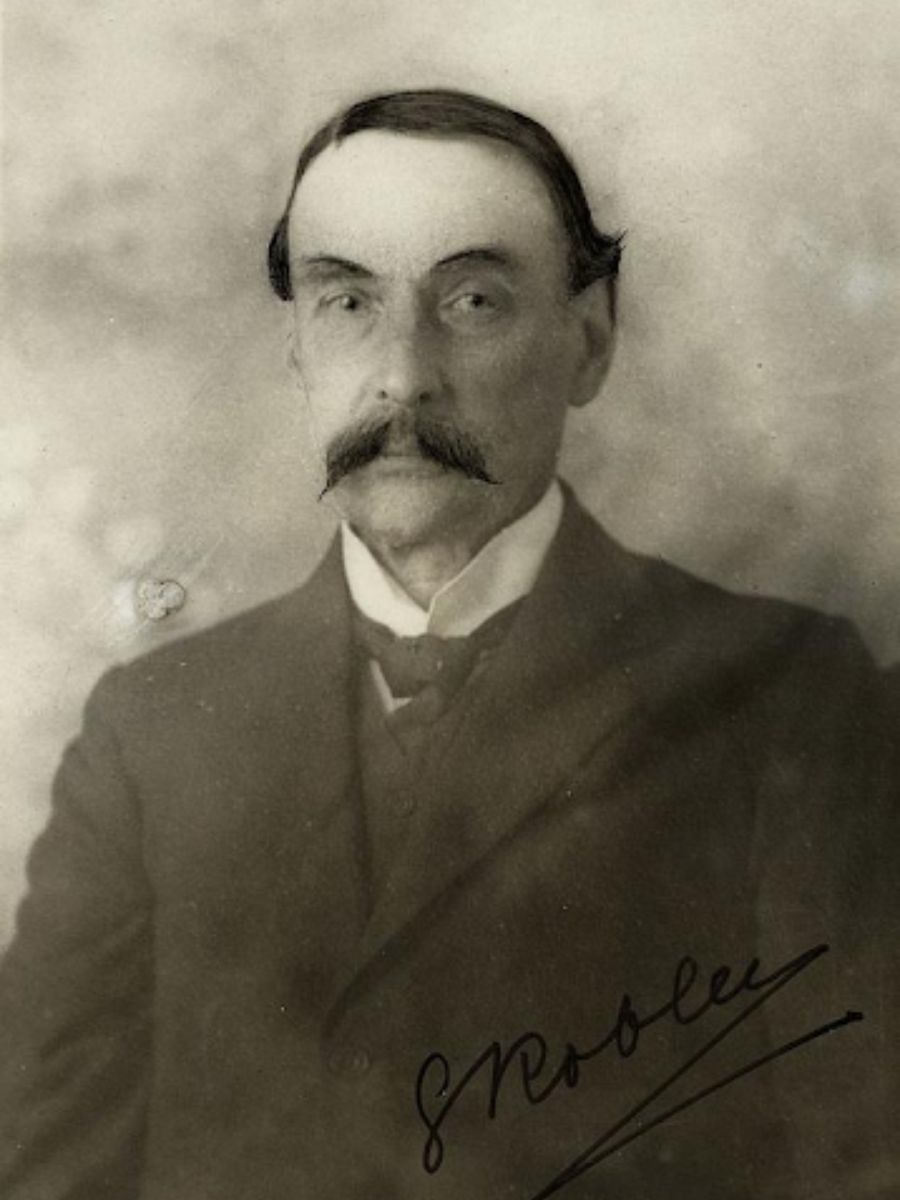
Source: Avenue/Wikimedia Commons
Displaying this picture, in particular, showcased support for his unethical views of collectors exploiting cultural artifacts for their gain. We don’t condone these beliefs but banning his mere portrait photo just isn’t doing enough. His behavior caused deep-rooted historical cultural appropriation and disregard for indigenous customs.
Fukushima Nuclear Disaster
One of the more devastating crises in Japanese history, the Fukushima Nuclear Disaster, sparked after an earthquake and tsunami damaged the Fukushima Daiichi power plant.
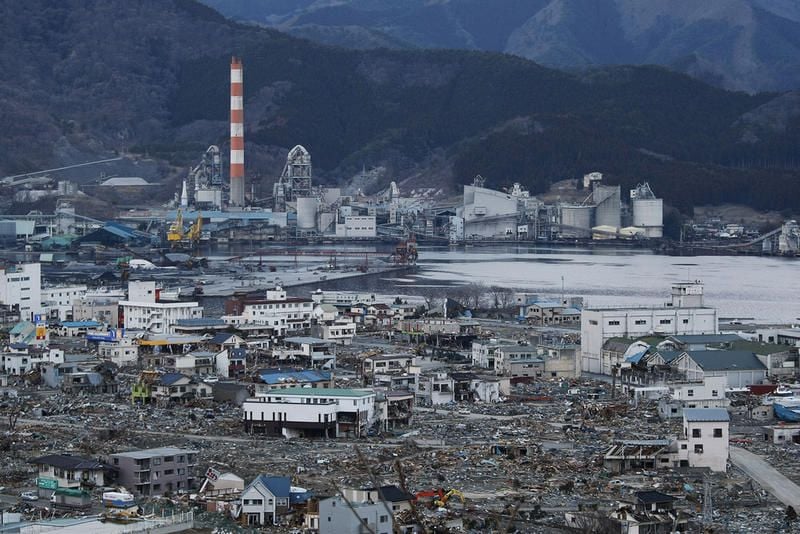
This catastrophic explosion forced people to leave their homes to the evacuation zones set up by the government.
Otto Frank's Return
This haunting photo shows Otto, the father of the infamous Anne Frank, visiting the home they sought refuge in during World War II. This picture perfectly encapsulates the loss and horrors Otto’s family suffered and endured during the war.
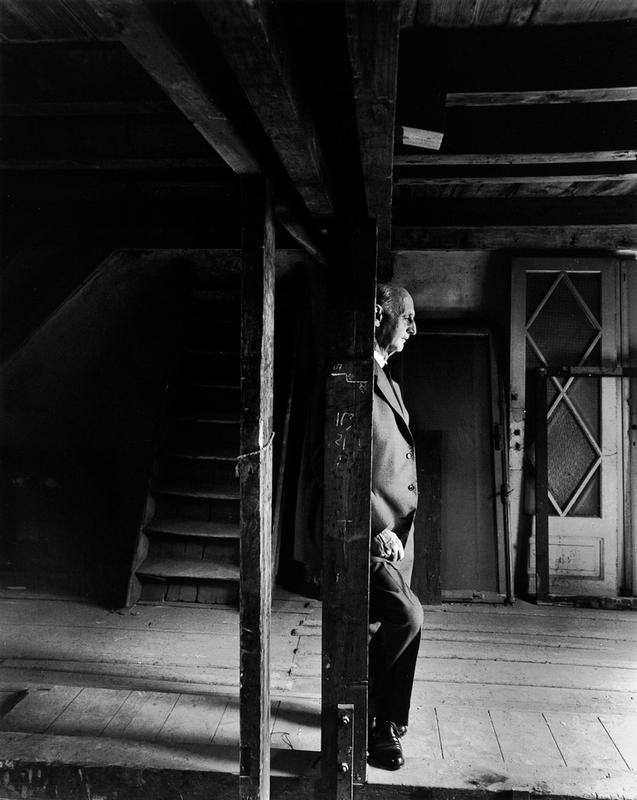
In addition to displaying the grief and agony suffered it shows the ultimate amount of resilience of the families who had to suffer during the Holocaust.
Aftermath of Hiroshima
Despite ultimately ending World War II, this photo displays the impact and how destructive the nuclear bomb was on Hiroshima.

The photo shows many buildings in rubble, decimated streets, and much more. In addition, as a great source of remembering what had happened, the image is also a reminder to seek peaceful solutions to global conflicts.
Children Miners
While it may be difficult to think about, many children were forced to work as coal miners in the early 1900s. The children were subject to the intense physical labor of the coal mines, the harsh conditions, and the exploitative practices during that era.
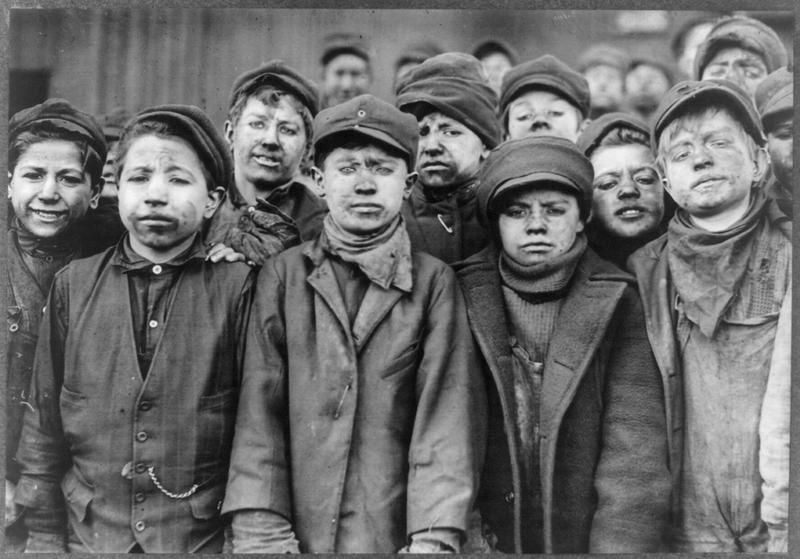
Thankfully, society as a whole has progressed immensely in terms of child labor laws and is continuing to strive to protect young individuals worldwide.
Adolf Hitler in Paris
Adolf Hitler, one of the most powerful and evil leaders of the 20th century, visited the infamous Eiffel Tower in 1940 after taking control of Paris.
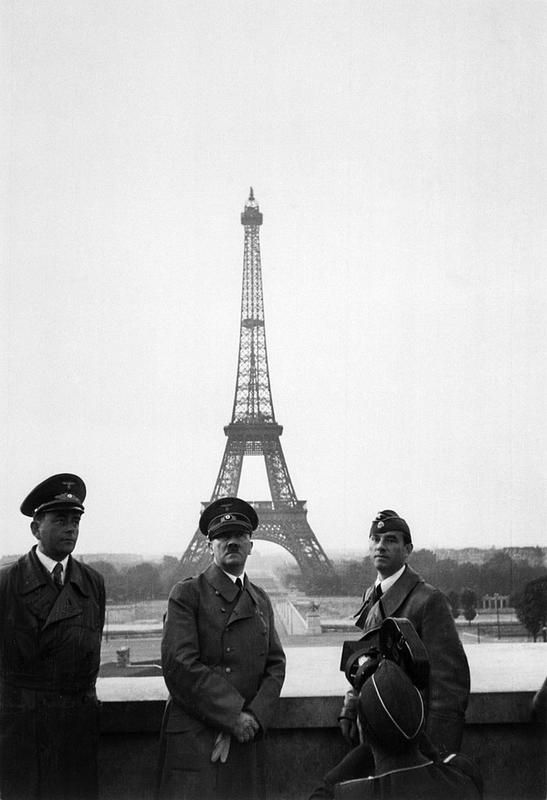
This image displays the immense power Adolf held as he could pose in front of one of the most infamous landmarks in the world.
Vietnam Dog Tag War Memorial
The Vietnam Dog Tag War Memorial at the Harold Washington Library Center is a harrowing reminder of the lives lost or impacted during the Vietnam War. Not only does the memorial display the amount of lives lost as a whole, but the individual’s identity as well.

When studying history and previous wars, it is difficult to truly comprehend how devastating a death toll can be. This memorial, in particular, displays 58,307 dog tags, just a fraction of the actual number during Vietnam. This memorial is a great way for people to connect to those who served.
Radium girls
Radium Girls would work in factories painting things like clock dials with specialty paint that would glow in the dark. While it may not seem like a particularly dangerous job, the paint was filled with radium, an extremely dangerous substance.
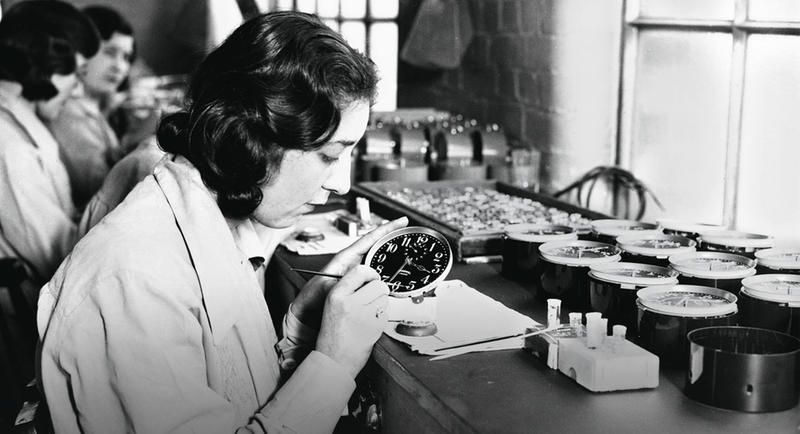
Many women working in these conditions would become sick, leading to weak bones and serious health problems. Despite knowing the health concerns, companies avoided telling the workers of the health problems. Today, the Radium Girls are remembered as major advocates for increasing workplace safety.
Prisoners in Auschwitz
World War II and the Holocaust were devastating, so it is only natural to see a few different pictures on this list.
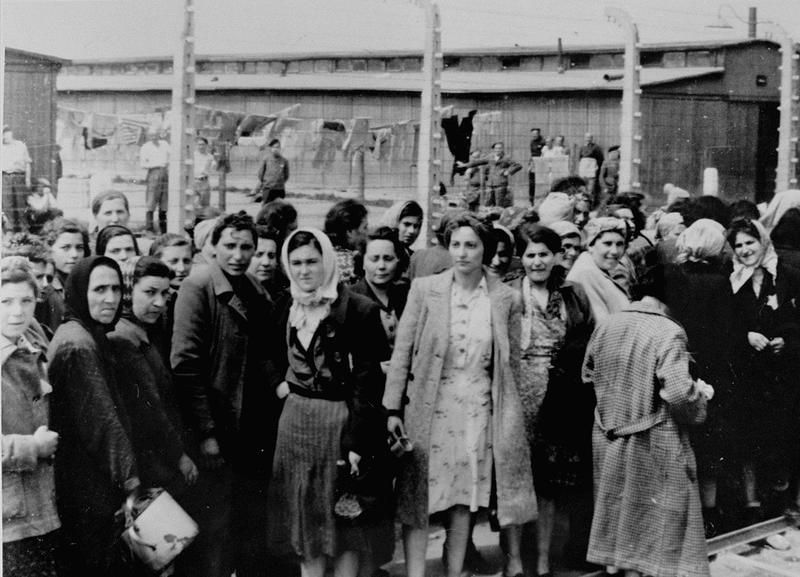
This picture displays the somber expressions of the women waiting in a small space to face the inhuman conditions in a few short moments.
Soviet Female Prisoners - Trans-Polar Railway
This image displays the awful conditions for Soviet female prisoners working on the Trans-Polar Railway.
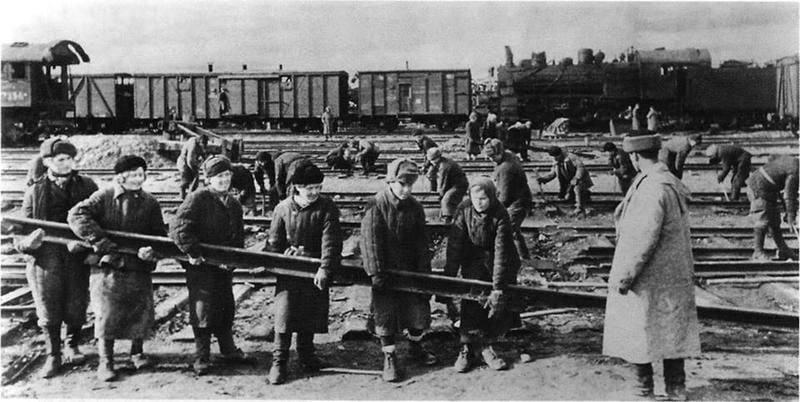
Many of the women were falsely imprisoned by the Stalin government. Most of the women had exhausted expressions in the image.
Hindenburg Disaster
The Hindenburg Disaster was an airship that caught on fire and crashed. This photo shows a funeral for victims who had perished during the accident.
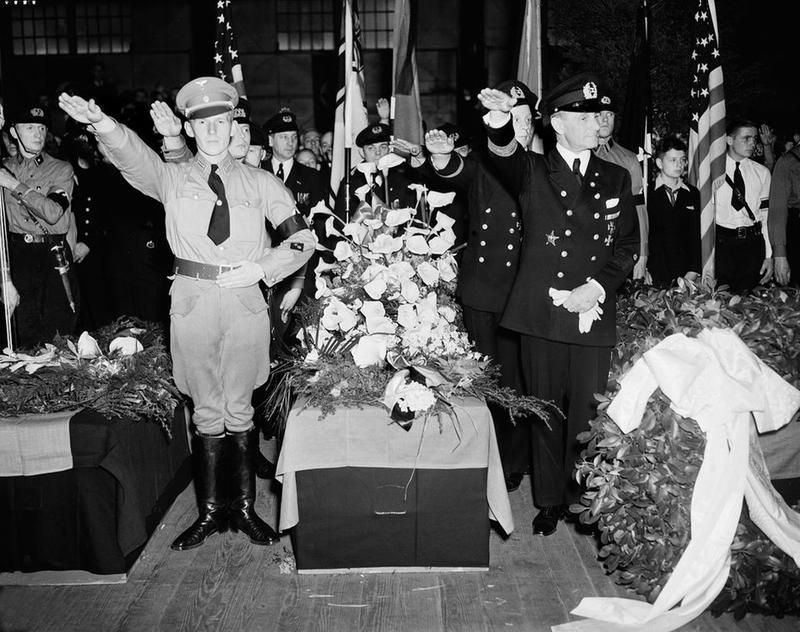
The photo depicts the devastating accident as both American and Nazi flags were present, showing a convergence of nations despite their obvious political differences. Despite the tragedy, the Hindenburg Disaster was a major movement in aviation history as it reminds us of the human toll of the catastrophes.
Keith Sapsford Fall
John Gilpin took This infamous photo by chance as he was simply taking pictures of the aircraft. The image shows Keith’s death after falling from the plane’s landing gear compartment. Keith was attempting to stow away on a flight from Tokyo, Japan, out of Sydney, Australia.
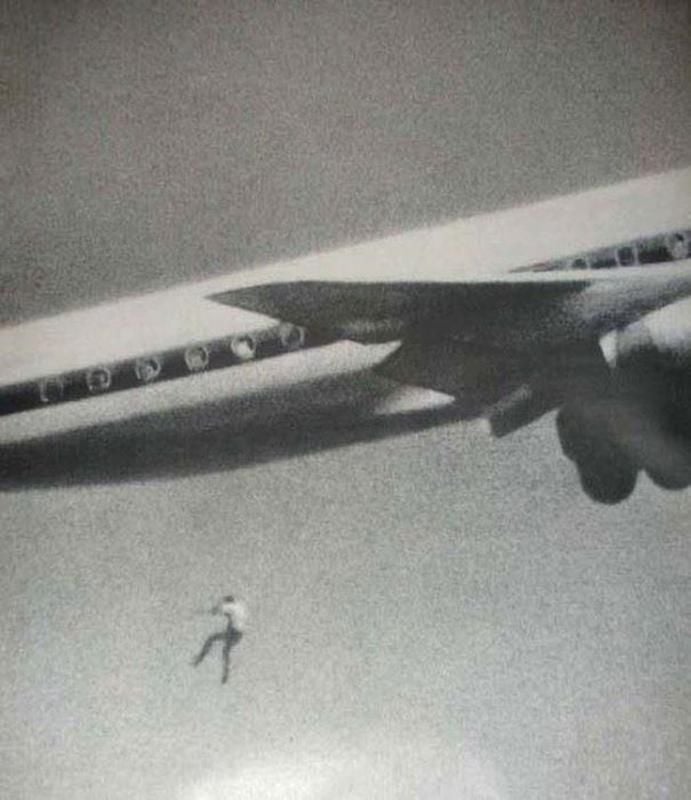
This photo is an excellent display of people’s lengths to fulfill their dreams.
Andersonville Prison
Andersonville was a prison run by the Confederate army as a prisoner-of-war camp. The prisoners at this camp faced severe circumstances, overcrowding, malnutrition, and disease.
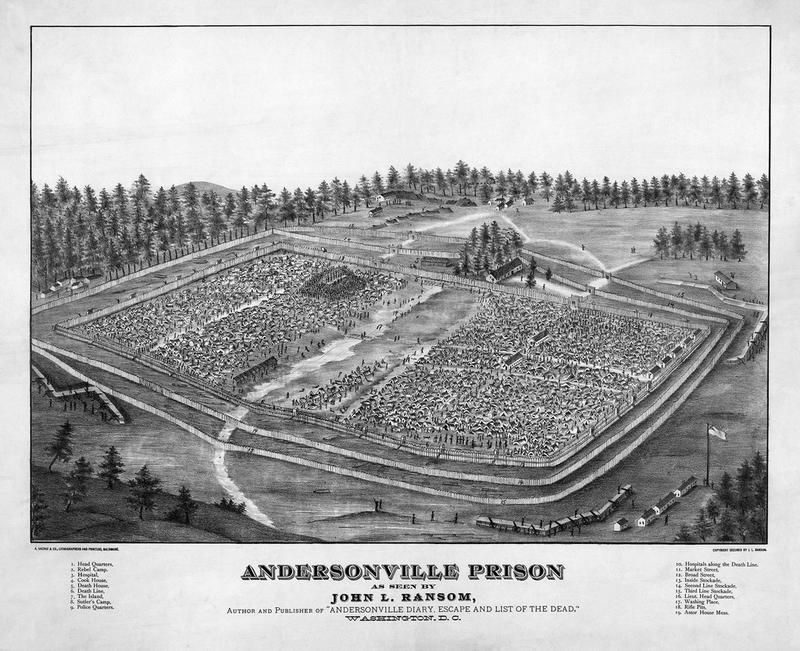
This camp, much like survivors of the Holocaust, displays the human spirit’s ability to endure and overcome difficult situations. This photo serves as a reminder of the sacrifices of those who fought during the Civil War.
Robbery of War Victims
During the Holocaust, the Germans imprisoned many people and took away their most valuable possessions.
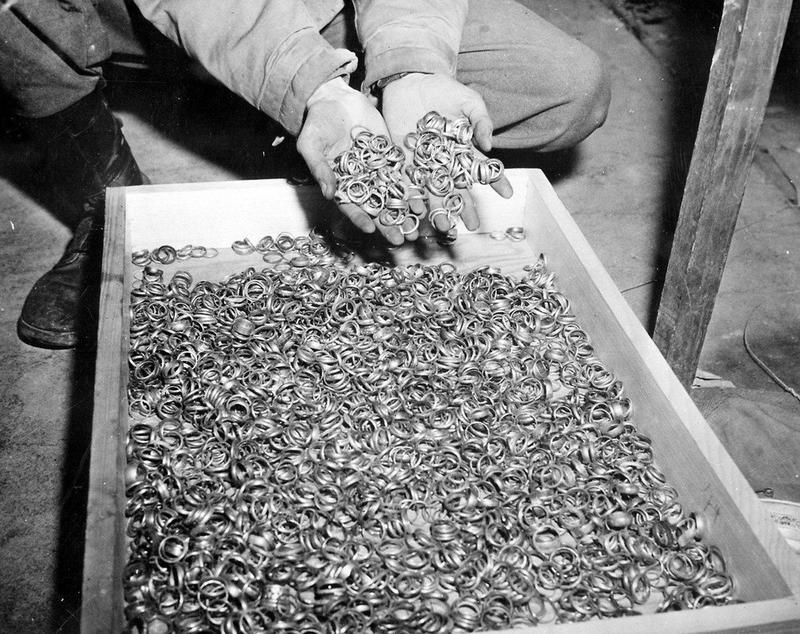
This photo, in particular, shows the number of rings taken by many people. A ring has monetary value and sentimental value to millions as they serve as symbols of love and commitment to their significant other.
Unit 731
Unit 731 is an undercover Japanese biological and chemical warfare research facility that went into deep research during World War II. Unit 731 is most known for its cruel practices, which would cause immense suffering.
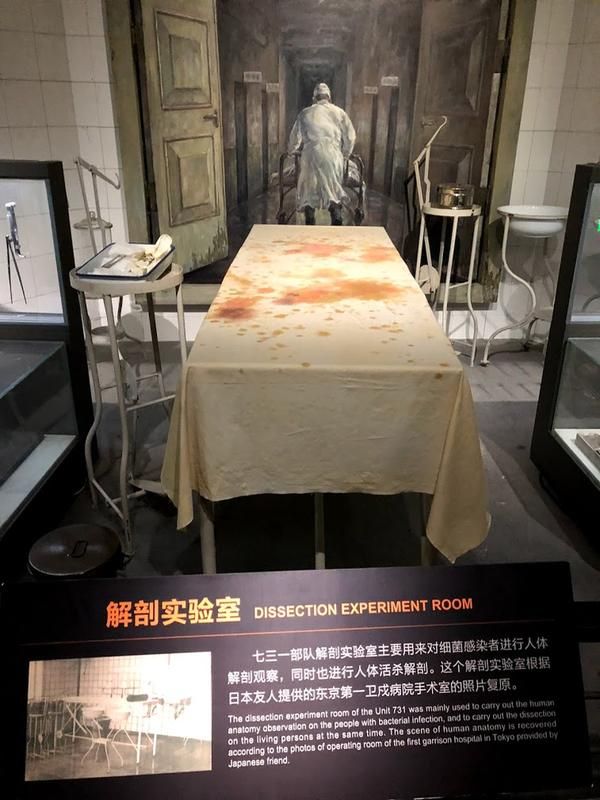
This picture is of an experiment room where the researchers would conduct tests on humans. This highlights the complete disregard for human life and the immense cruelty on display.
A Student's Dream
While the photograph is supposed to be a comic relief, it may make a few uncomfortable.
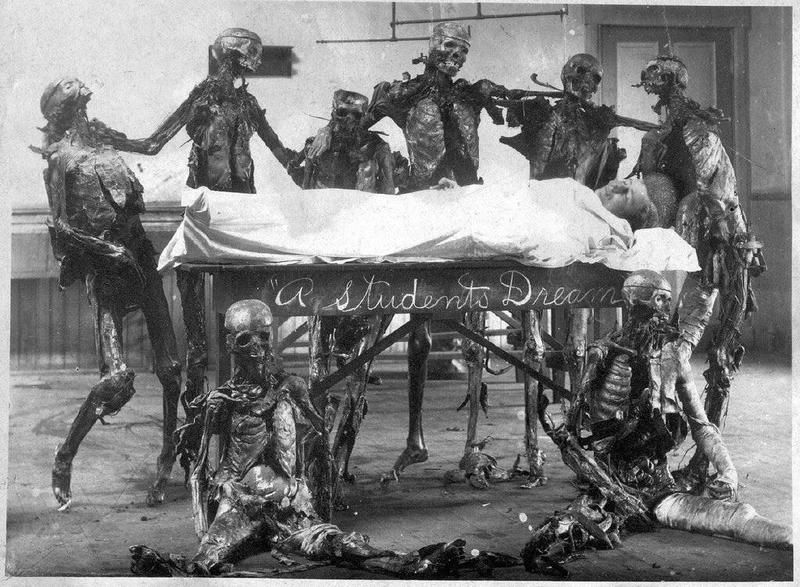
The photo shows a student peacefully sleeping amongst cadavers.
Challenger Space Shuttle
One of the most tragic events in the 1980s, the Space Shuttle Challenger, was supposed to take astronauts into space. With most of America tuning in to watch this historic event, the spacecraft exploded just 73 seconds after the liftoff, killing all seven crew members.
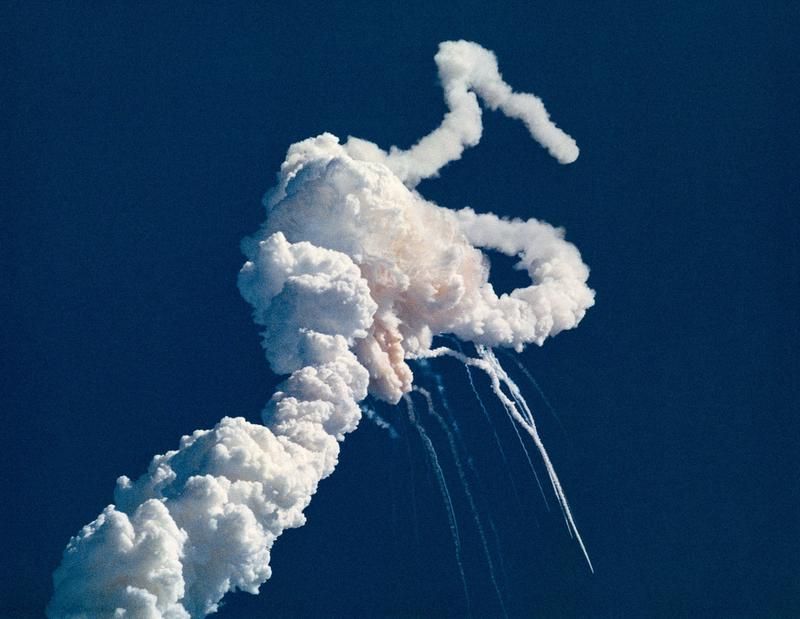
The explosion occurred due to a failed rubber seal, known as an O-ring. The operation was such a disaster that the Space Shuttle program was suspended immediately.
Human Skin Gloves
Ed Gein was one of the most notorious murderers in American history; he not only killed people but even used their bodies to create different items. The gloves in the photo were a part of a collection found after he was arrested.
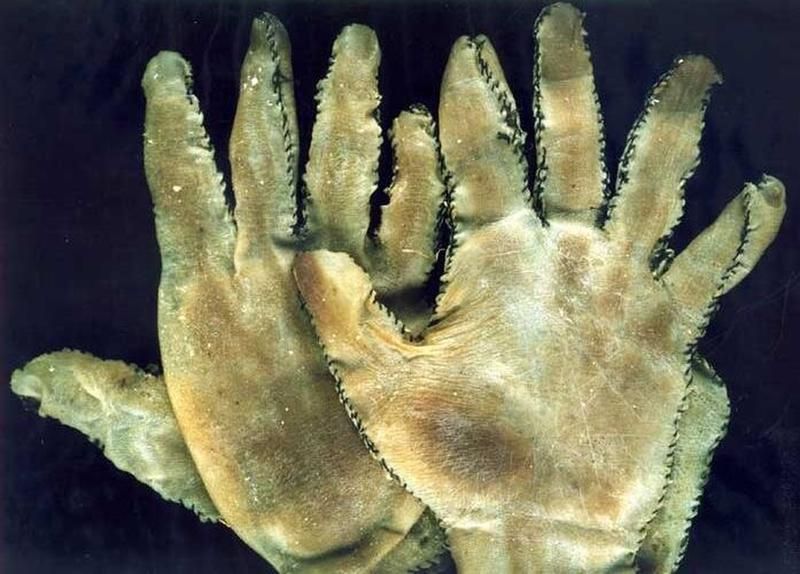
This photo not only displays the evils in human nature but also emphasizes the importance of criminal psychology.
Carl Tanzler
Count Carl con Cosel, also known as Carl Tanzler, had an extremely unhealthy obsession with Maria Elena Milagro. The obsession did not stop when Maria would eventually pass away, leading Carl to take her body and commit disturbing acts.

He would even preserve her remains and make a shrine. The story and photo serve as a reminder of the importance of mental health awareness.
Beast of Jersey
The Best of Jersey was a notorious serial killer out of the island of Jersey. The image serves as a reminder of the unidentified perpetrator’s reign from the 1960s to 1970s.
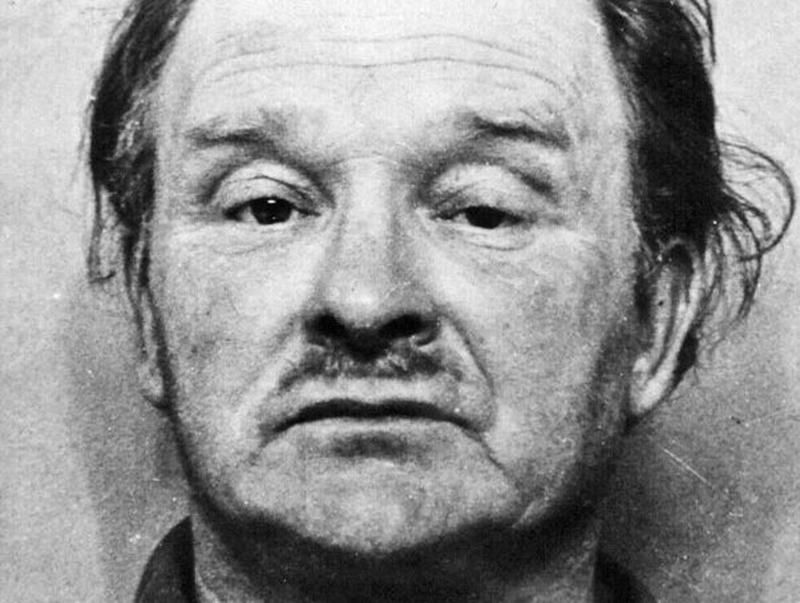
The killer would target women and children, all while using a mask.
Blanch Monnier
Police found Blanche Monnier and then journalist Jean-Pierre Verne in 1901 after being imprisoned by her mother. The image captures the disturbing appearance of Blanche and the horrifying story.

The visual helps serve as a reminder of the cruelty some people could experience from other human beings.
Fire Escape Collapse
This photo shows two young children, Diane and Michael, falling from a fire escape during a fire in New York City on July 23, 1973. The photo serves as a reminder of the importance of building safety standards.
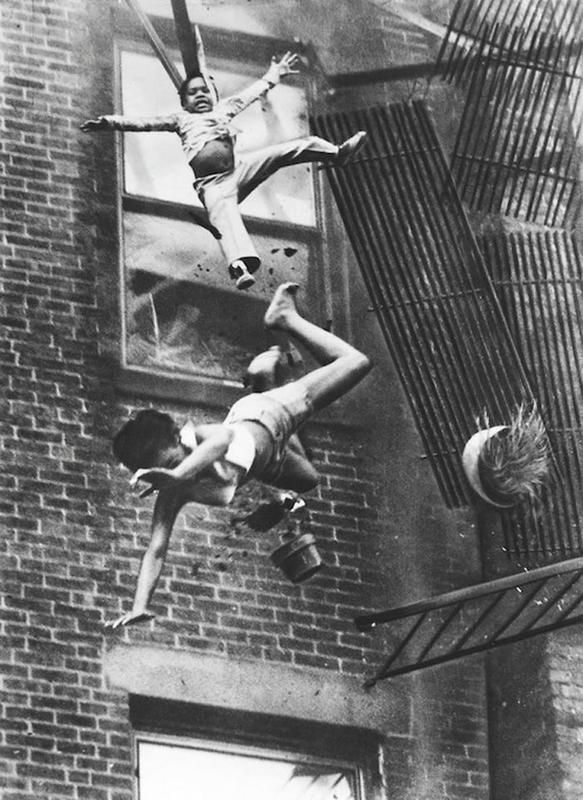
It shows how important infrastructure regulations are to protect people during disasters. This incident even sparked the call for improved safety measures in urban environments.
Dyatlov Pass
The Dyatlov Pass is an incident in 1959 that remains a mystery to this day. While hiking in the Ural Mountains, Russia, a group of experienced hikers would die under strange circumstances.
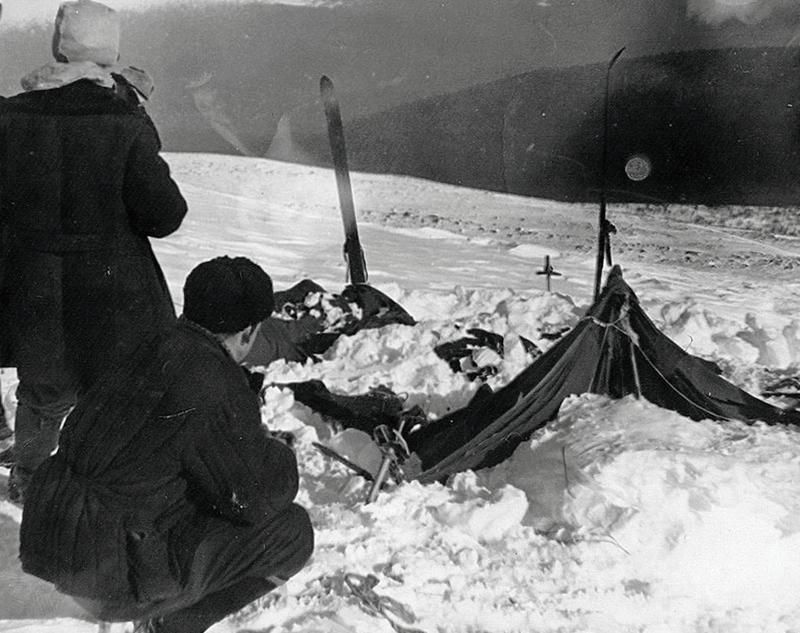
The tent was torn from the inside, and bodies were discovered in various stages of undress and injuries. Many theories are circulating to explain the incident, like animal attacks or an avalanche, but nothing has been confirmed.
Martin Luther King - Burning Cross
No one believed Martin Luther King and this image even depicts him pulling a burning cross from his yard next to his young son. This photo is an excellent source of Martin Luther King’s commitment to justice and equality.
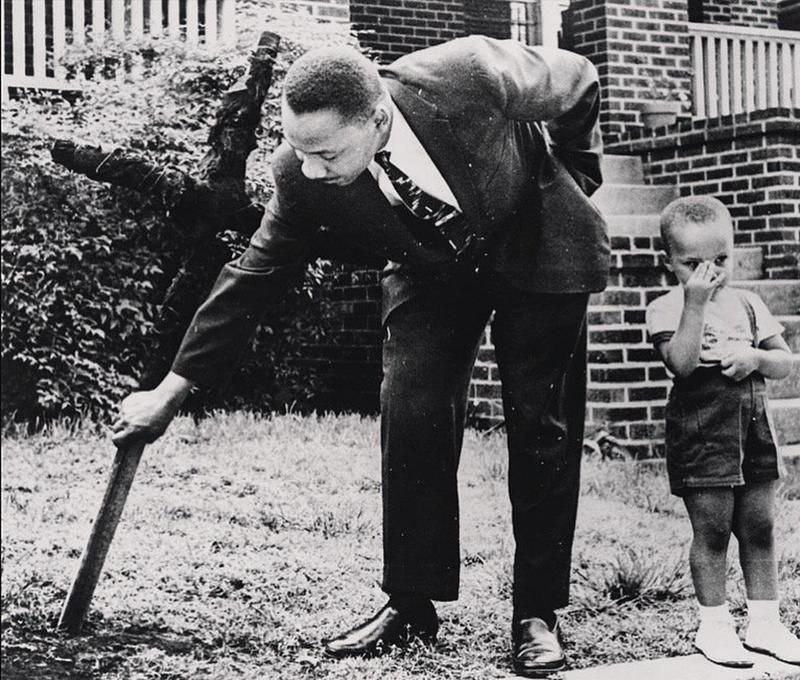
The burned cross symbolizes hate and intimidation, becoming an emblem of his courage and resilience. With his son in the picture, it also shows the generational struggle for a better future.
Pioneer's Defense
The Pioneer’s Defense was a group in the Soviet Union during the 1930s whose goal was to prepare young people for emergencies.
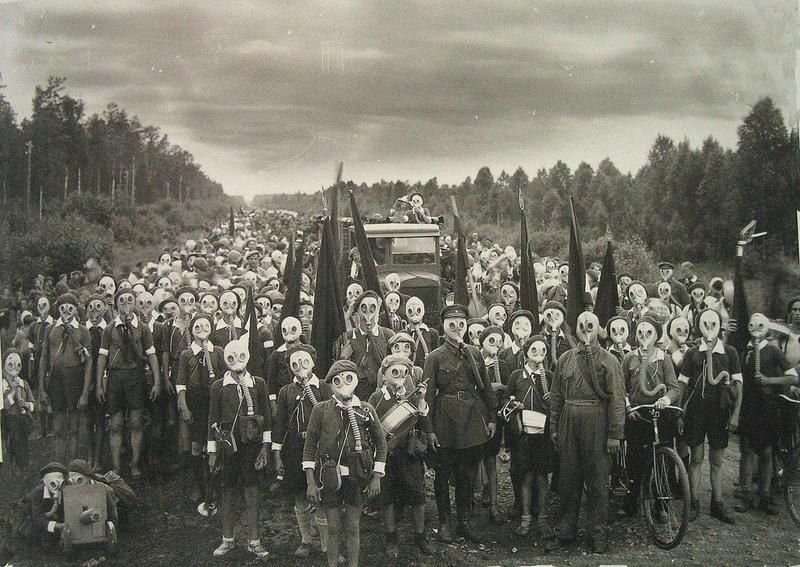
The group taught children many different skills like first aid, how to use gas masks, and even self-defense.
Kathrine Switzer - Boston Marathon
This infamous photo displays Kathrine Switzer’s push during the 1967 Boston Marathon, which would challenge gender norms. Her run during the marathon would pave the way for women’s participation in long-distance running.
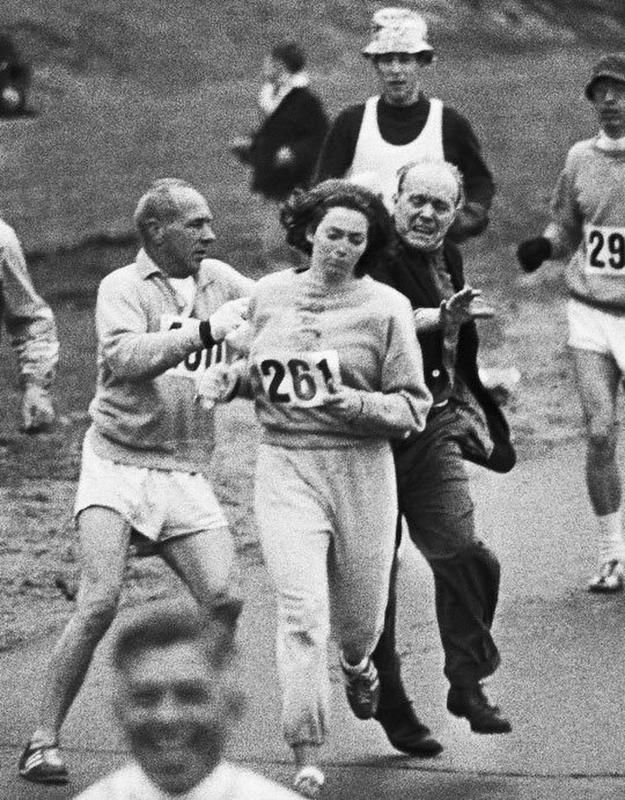
Women were prohibited from participating in the competition, so Switzer used her initials to register. The photo shows her continuing to run, even as an official was trying to remove her from the marathon.
The Most Beautiful Suicide
The tragic photo is of Evelyn McHale, who jumped from the Empire State Building in 1947.
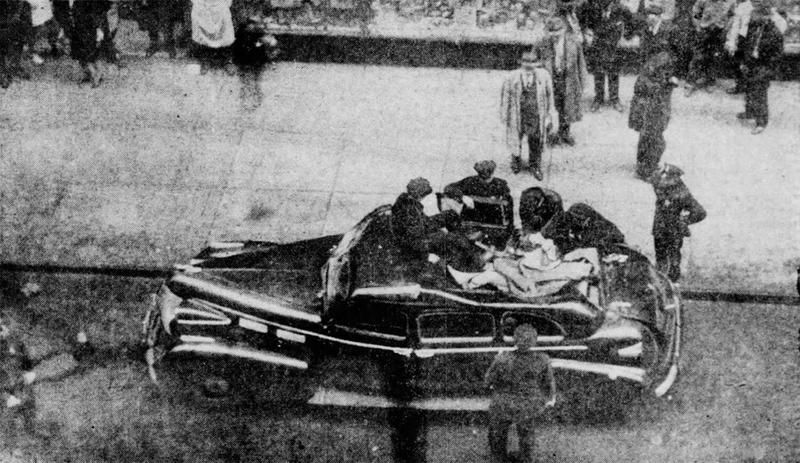
The photo shows a mix of sadness and beauty and helps remind people that appearance can be deceiving – even happy people can struggle on the outside.
Stanford Prison Experiment
The image shows the students participating in the Stanford Prison Experiment, a psychological study in 1971. This experiment had some students in the guard role while others were the prisoners.

This photo is an excellent source of the intensity of the role-playing, as the guards showed authority and the prisoners in distress. While the experiment aimed to understand how people’s behavior changes in positions of power, it ultimately had many controversial and ethical problems. This study was a major proponent of establishing future ethical standards for human experiments.
John Lennon and Mark David Chapman
This photo shows Lennon and Chapman together shortly before Chapman murdered Lennon. Despite being a beloved musician and cultural icon, Chapman had killed him mere hours after this photo was taken.
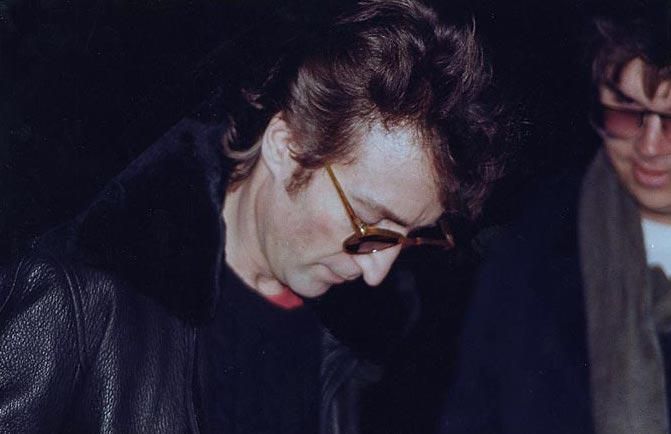
This photo is an excellent source for the unpredictability of life and the tragic consequences of life.
Joachim Kroll Reenactment
German serial killer Joachim Kroll was photographed reenacting one of his terrible murders.
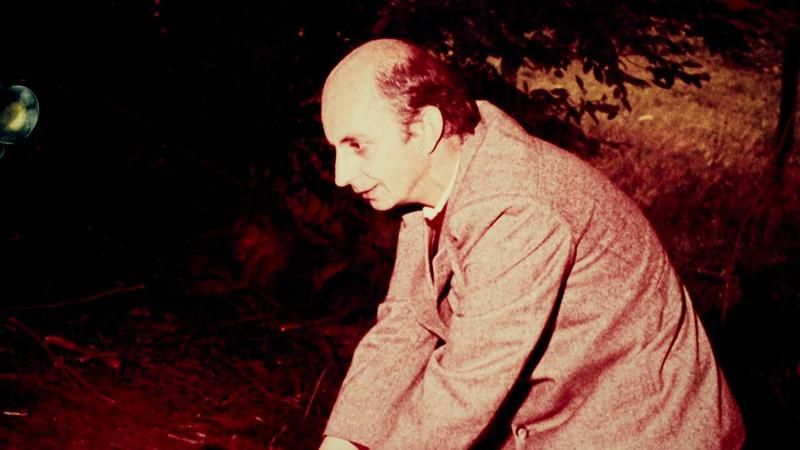
Kroll killed at least fourteen people, primarily women and young girls, through the 1960s and 1970s.
Omayra Sanchez
This heartbreaking photo is of Omayra Sanchez, a Colombian girl trapped under debris during the 1985 Armero tragedy caused by the Nevado del Ruiz volcano. Omayra was stuck for days in water, eventually leading to immersion foot, which restricts blood circulation.
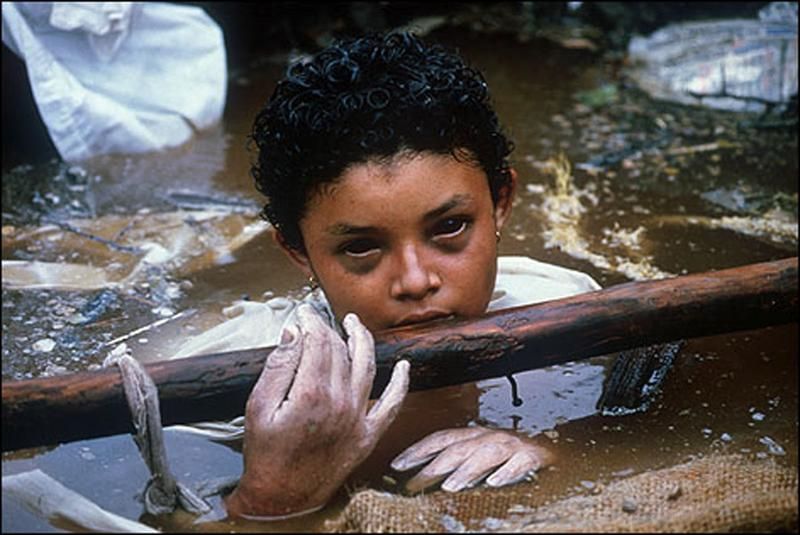
Her skin would eventually begin to break down, and her eyes would become dark from the blood stagnation and tissue damage.
Hurricane Katrina
The photo displays the aftermath of one of the worst hurricanes in American history. The image shows flooded streets, destroyed homes, and even residents on rooftops.

The tragic incident took roughly 1,800 lives and caused extensive damage to infrastructure and communities.
Hilo Tsunami
Yet another devastating natural disaster, the Hilo Tsunami in Hawaii in 1946, was a tragic event following an earthquake in the Aleutian Islands. Over 150 people died in the 35-foot waves, destroying homes, buildings, and lives.
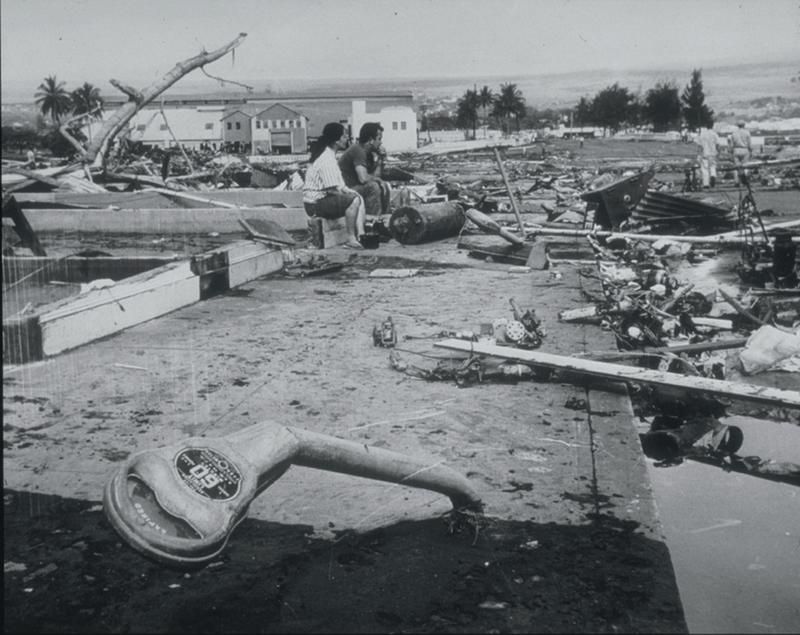
The photo is a sad reminder about the unpredictable forces of nature.
Amityville Horror House
The Amityville Horror House is considered one of the most haunted houses in New York. The house became fairly famous as it became a book and then a movie.

The house is a great reminder about how old stories could become legends to be discussed for years.
Dorothy Counts
Dorothy Counts, one of the first African-American students to integrate into an all-white school, was an intense encounter. Dorothy was met with racial slurs, threats, and physical violence.

This photo depicts Dorothy’s remarkable courage in walking through the lines of people during a racially motivated period.
Mummies of Venzone
The mummies of Venzone have a unique history, as their bodies were the result of a deadly plague in Italy.

This photo is a great link to history and how people had suffered through hardships in their time.
Green Boots
While climbing Mount Everest, there is a sight known as “Green Boots”.
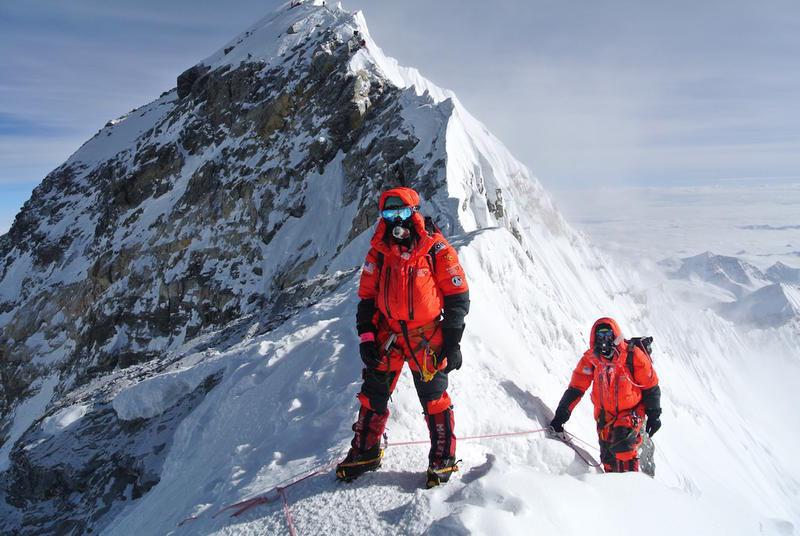
Green Boots is a significant landmark for climbers who lost their lives while climbing the mountain.
Young Child Dressing Up
This is one of the most unsettling photos from the Civil Rights movement. The young child, dressed in Ku Klux Klan attire, is face to face with an African-American state trooper.

The child does not truly understand the impact and symbolism of his attire, while the state trooper shows immense resilience in adversity.
Jonestown Massacre
The Jonestown Massacre was a terrible event resulting from more than 900 lives lost due to a cult.
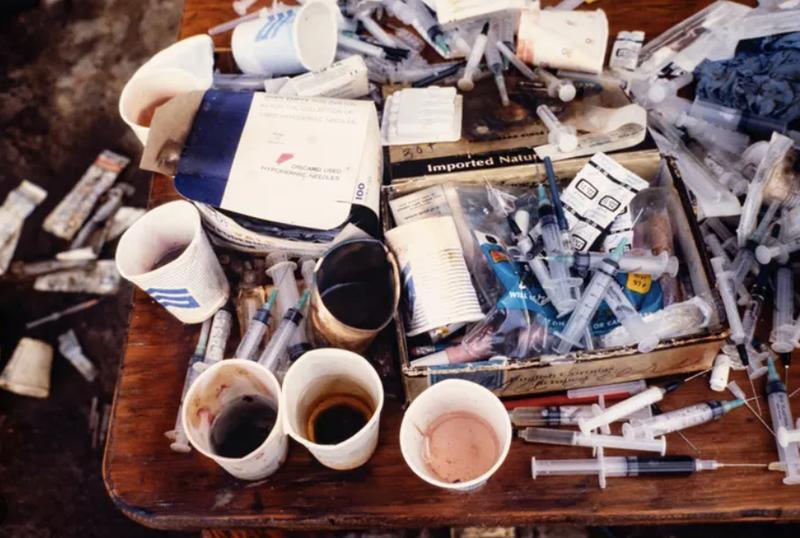
The followers followed Jim Jones, who orchestrated them all to drink poison-laced drinks.
The Mad Bomber
George Metesky was responsible for many bomb attacks in the 1940s and 1950s, all of which caused fear and panic.
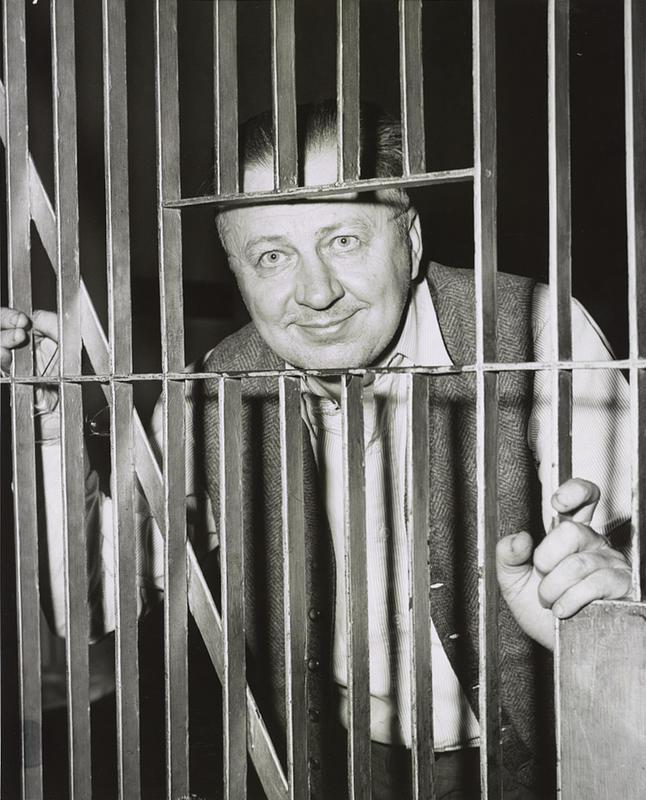
Metesky was eventually captured and sentenced to jail.
Mahayana Buddhist
One of the most powerful acts during the Vietnamese War, Thch Qung C set himself on fire to protest the South Vietnamese government’s discriminatory policies.
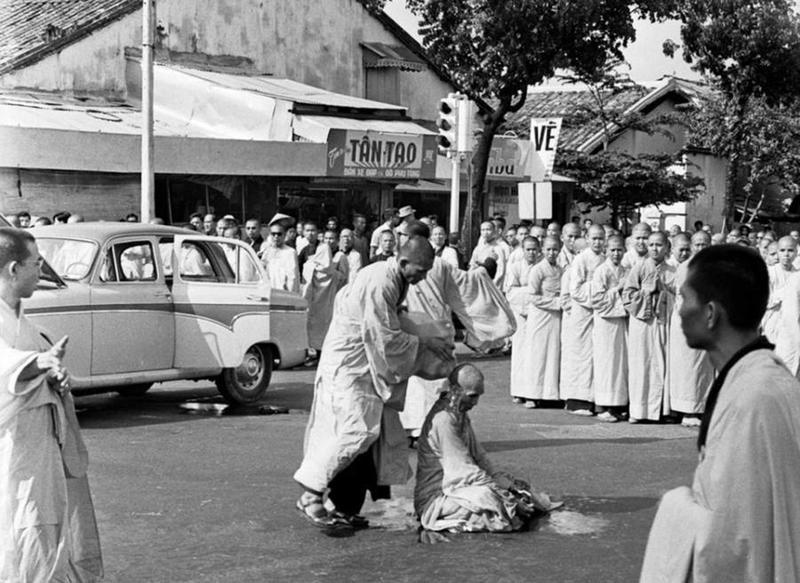
This photograph is an excellent source of Thch’s immense will power and how deep his beliefs would run.
The Falling Man
9/11 is one of the most horrifying days of terrorism in American history, and this image displays one of the World Trade Center towers.

The individual in this photo had to choose between burning to death or jumping.
Saigon Execution
The Saigon Execution is one of the most haunting moments of the Vietnam War. On February 1, 1968, a South Vietnamese police officer executed a handcuffed Viet Congress suspect right on the street of Saigon.
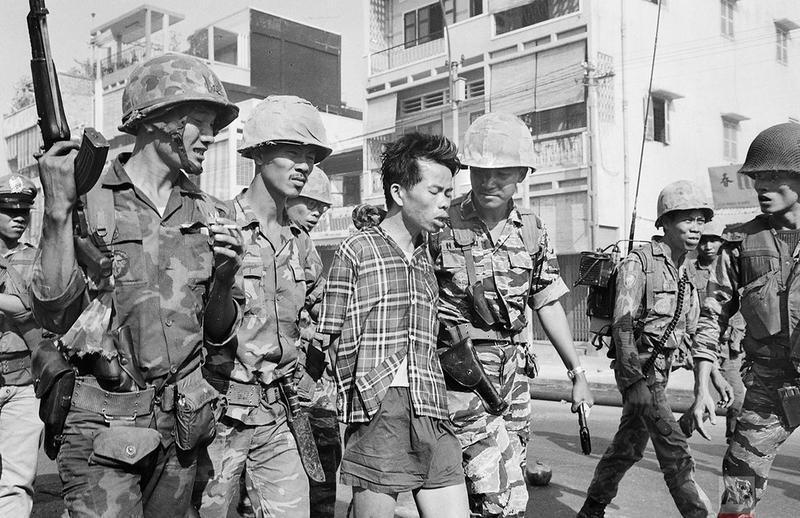
This execution and image would spark anti-war sentiment throughout the world.
Costa Concordia Disaster
The Costa Concordia Disaster was a devastating maritime accident on January 13, 2012, outside Giglio Island in Italy.
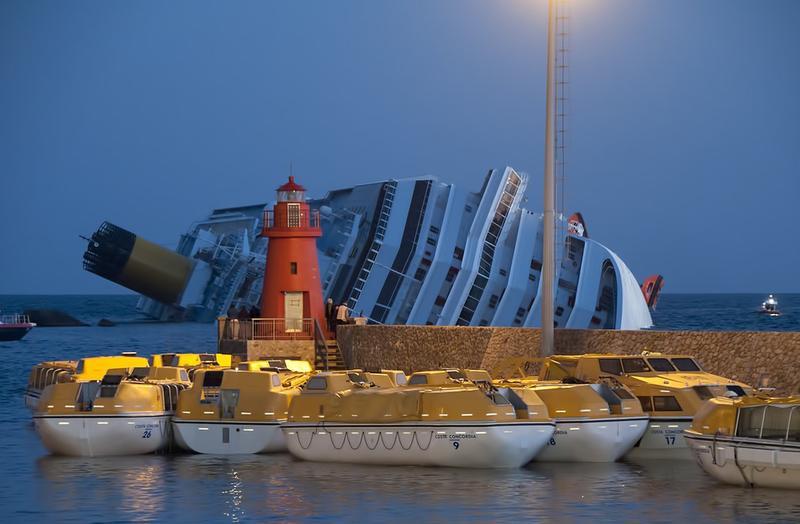
This accident killed 32 individuals after hitting rocks.
Bonnie and Clyde
Bonnie and Clyde are two of the most famous criminals of the Great Depression who were tragically killed by law enforcement.
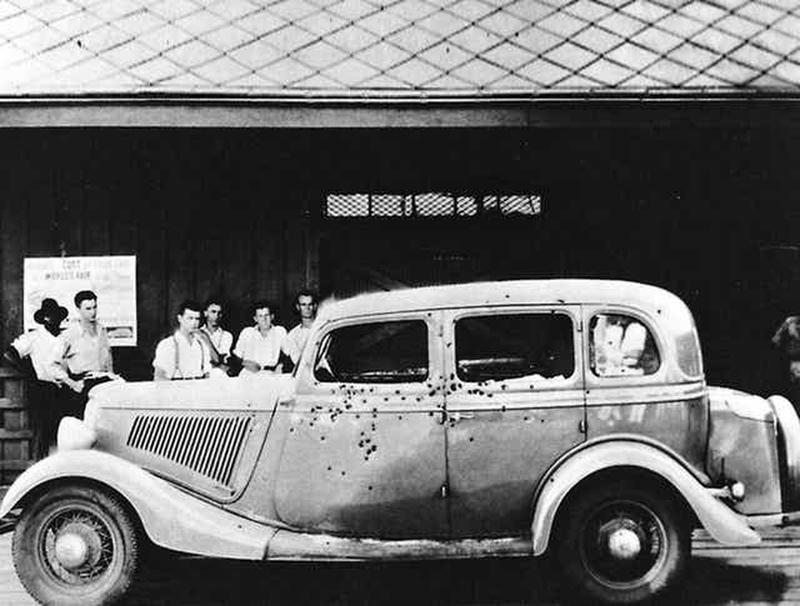
The picture displays just how wanted by the police Bonnie and Clyde was, as the car was riddled with bullet holes.
Portal to Hell
This photo displays the “Portal to Hell,” a significant landmark at the Kamokuna lava delta in Hawaii. The landmark shows molten lava pouring into the ocean, creating plumes of steam, resembling a portal to another realm.

The lava that eventually hardens looks similar to human bodies.
Monsoon Motor Lodge Incident
On June 18, 1964, in St. Augustine, Florida, James Brock was seen pouring acid into the pool of the Monson Motor Lodge.
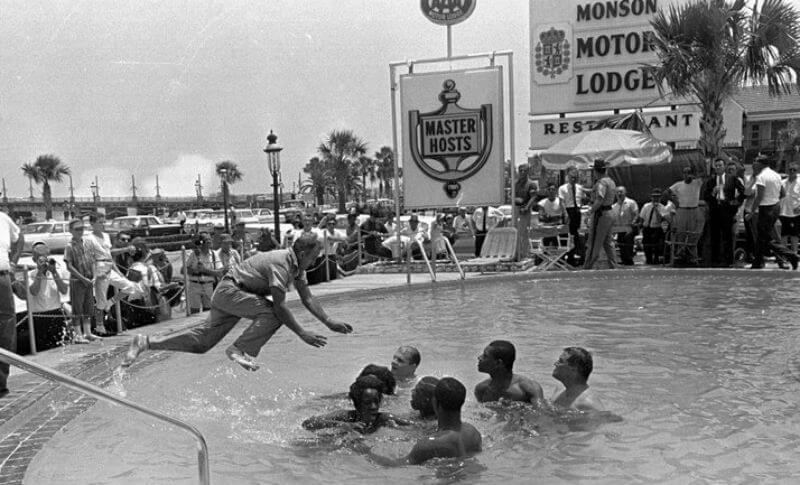
The guests were African-American Civil Rights activists peacefully protesting racial segregation.
Hunger Strikes
While at a prison in the United Kingdom, the woman in the picture is shown being forcibly fed through a tube inserted into her nose.
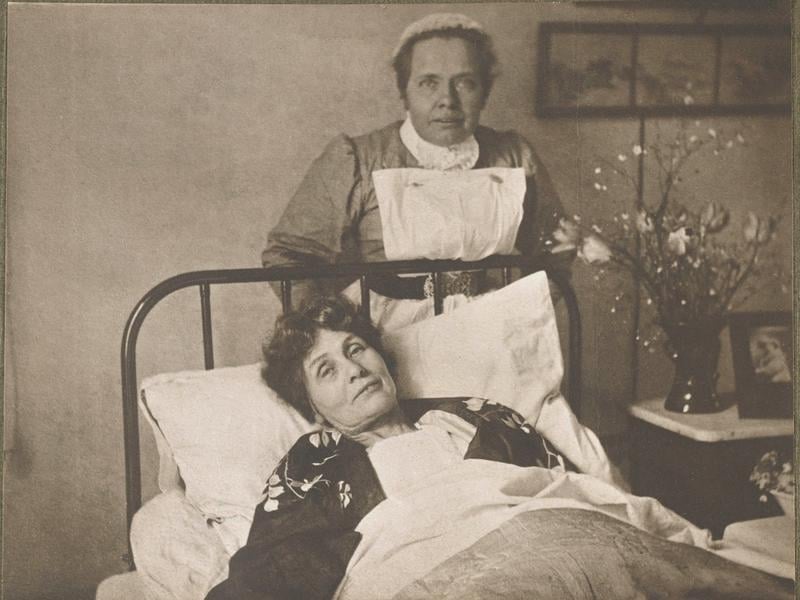
Many women were participating in hunger strikes in 1911, fighting for the right to vote.
Northern Ireland Troubles
The Troubles in Northern Ireland was a period that divided sectarian conflict and political tension.
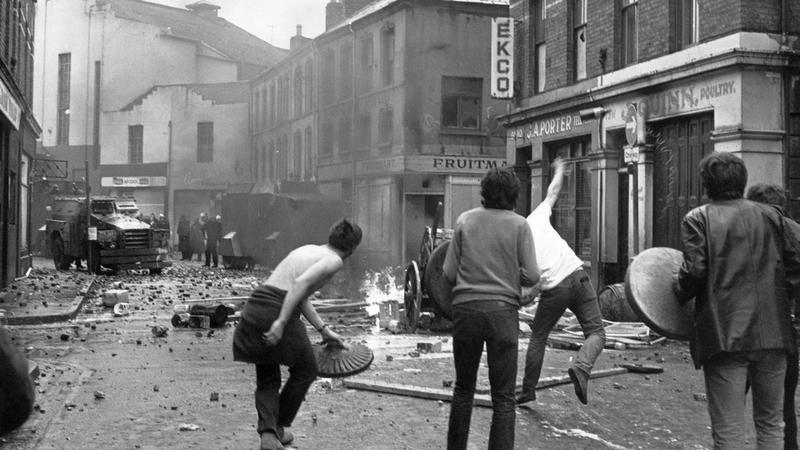
The picture here shows the intense emotions fueled by socio-political issues during this period. We suspect in order to minimize the anger and riling of citizens, banning this photo
